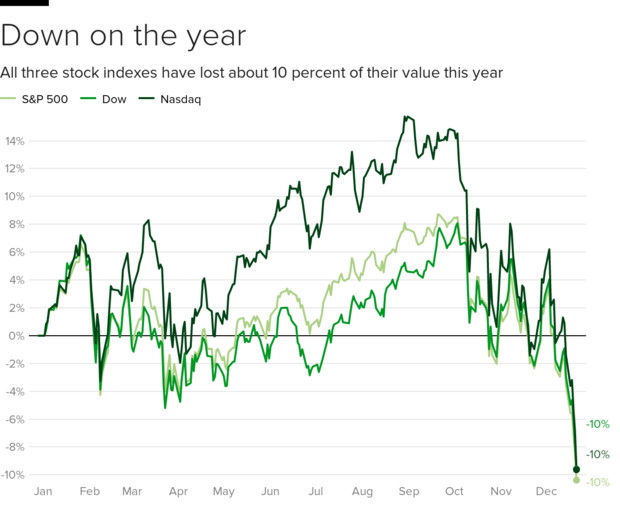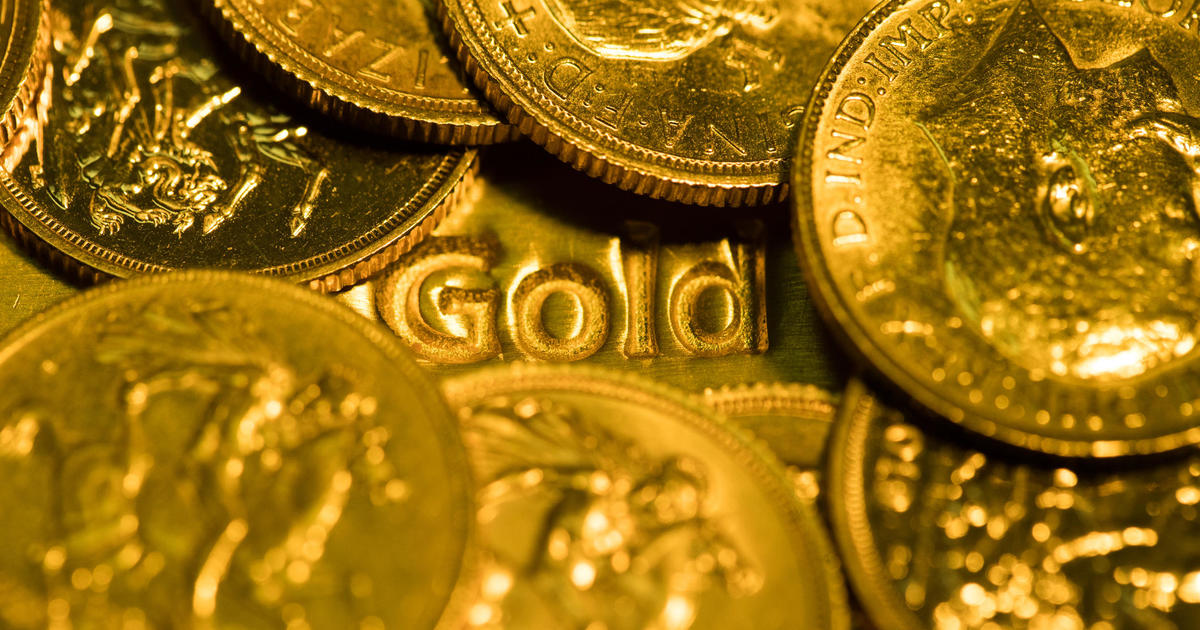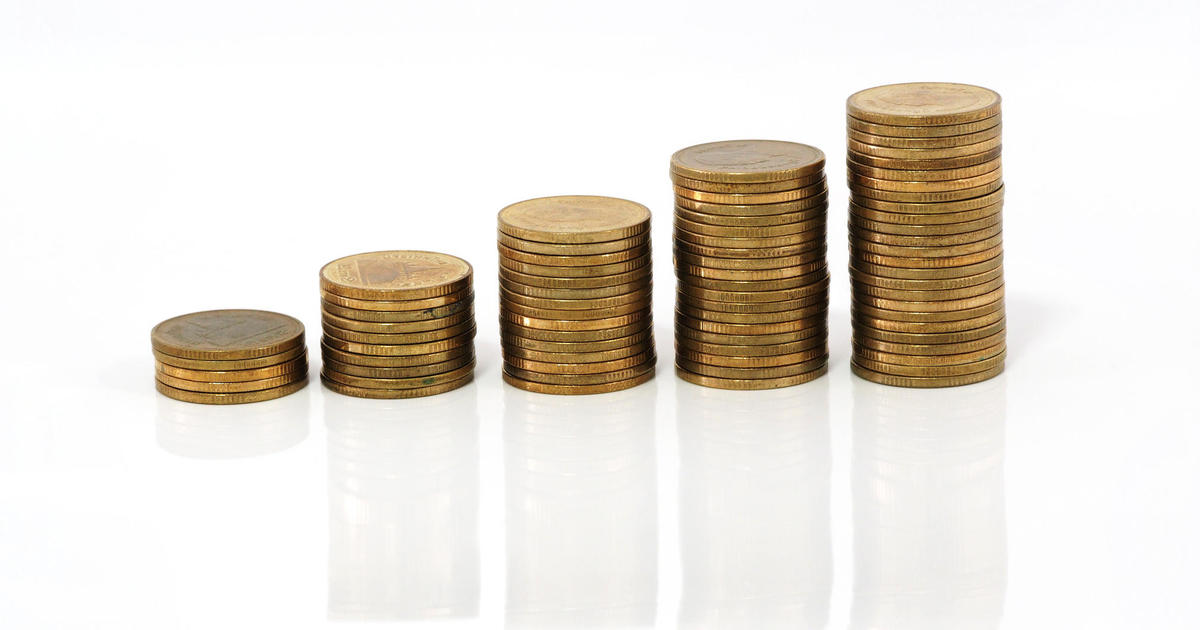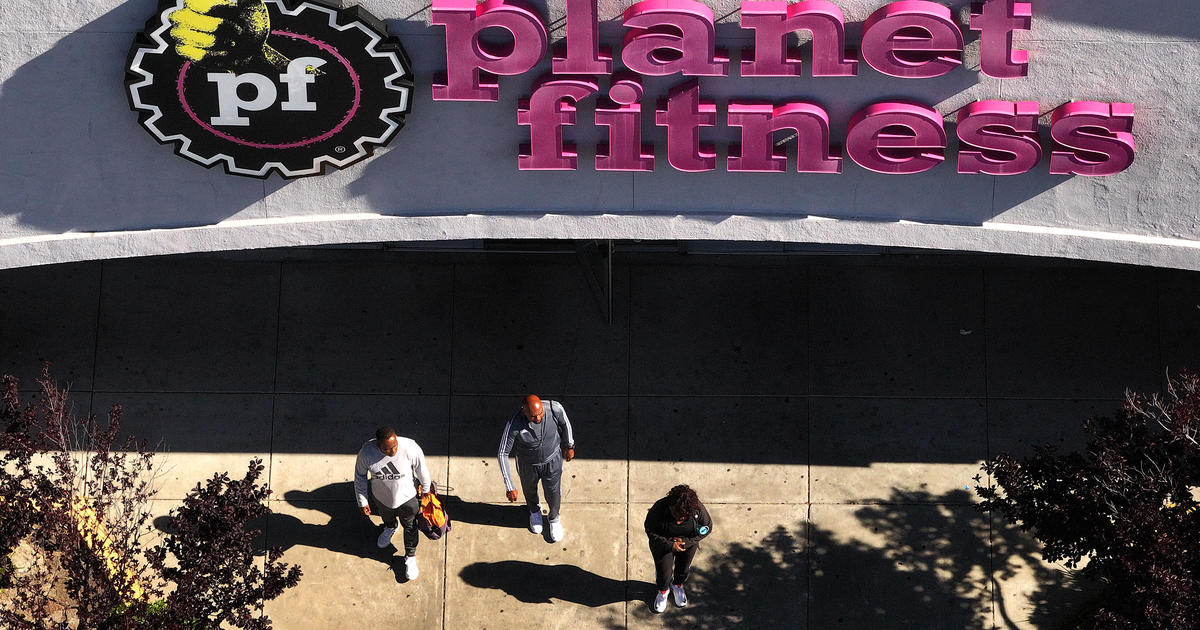Nasdaq enters "bear" market, as stocks cap worst week in years
The federal government wasn't the only thing on the verge of shutting down Friday afternoon. The Dow slouched to its worst week since the financial crisis raged in October of 2008 as investors fixated on signs the U.S. economy is cooling.
The Dow closed down 414 points, or 1.8 percent, at 22,445 — its lowest level in more than 15 months. The tech-heavy Nasdaq also slid nearly 3 percent, putting it into a "bear" market, meaning down at least 20 percent from its peak. The S&P 500 fell to an 18-month low and is down more than 17 percent since its September peak.
All sectors of the market are moving down. And huge high-tech companies, once the best-performing stocks on the market, are now leading the way lower.
This summer, Amazon and Apple were locked in a race to hit a $1 trillion market cap. (Apple hit that milestone in late August, several weeks before Amazon.) Since then, both companies have lost more than a third of their value. Netflix and Alphabet, Google's parent company, have seen similar trajectories.
"If you live by momentum, you die by momentum," Sam Stovall, chief investment strategist for CFRA, told the Associated Press.
Fed: We're listening
The slide began Wednesday, after the Fed moved to hike interest rates for the fourth time this year and chairman Jerome Powell signaled that more increases were likely in 2019. The move disappointed investors who were hoping for a more pronounced slowdown in rate hikes, given concerns over the state of the U.S. economy.
On Friday, New York Federal Reserve Bank President John Williams told CNBC that policymakers are listening "very carefully" to concerns about the potential impact of moderating economic growth on financial markets. Investors seemed to take comfort in his remarks, with stocks moving higher in morning trade. But they reversed themselves midday, and by day's end the major U.S. indexes lost more than 11 percent for the month.
Without a substantial gain over the final days of trading, they are headed for their single worst month since October 2008, when the market was being battered by the effects of the global financial crisis that led to the Great Recession.
Over the past few years, stock markets in December have generally ended the year strongly in what's known as a "Santa Claus rally."
"Heading as we are to potentially the worst monthly December performance for U.S. equity markets since the 1930s, it would be easy to think that we could well be heading for further heavy declines," said Michael Hewson, chief market analyst at CMC Markets.
"The truth is, we've become spoilt over the last nine years by markets that have steadily gone higher without too much of a correction, and the prospect of further tightening of monetary conditions will mean that investors will have to be much more discerning about where they put their money as we head into 2019," he said.
Economic worries
Over the past year, stocks have been roiled by a number of issues, including the U.S-China trade spat.
"Record highs to correction territory and flirting with a bear market — those that aren't already there that is — it really has been an extraordinary quarter that's got investors very concerned about the year ahead," said Craig Erlam, senior market analyst at OANDA.
"The list of headwinds has been growing throughout the year," he said.
What stocks are saying
The stock markets are struggling even as the U.S. economy is on track to expand at the fastest pace in 13 years. Markets tend to move, however, on what investors anticipate will happen further out.
"First, the bond market and investment growth are usually first to turn, often a year or more before the peak in the cycle," noted Simon MacAdam, global economist at Capital Economics, in a research note. "Second, falling equity prices and consumer confidence typically occur within the year prior the cycle peak."
Last, labor markets are impacted, which tends to be a lagging indicator, he noted. In other words, even though unemployment is low and the labor market is strong, investors are conveying their bearish outlooks about future growth.
Shadows of 1987 and 2008?
Investors are looking for signs of what may come next, including whether this month's downturn could signal worse to come. The percentage of stocks hitting new 52-week lows has reached 38 percent of those on the Nasdaq and New York Stock Exchange, according to Bloomberg News.
There have only been a handful of days when a larger share of stocks traded at 52-week lows, and they were all in 1987 and 2008, Bloomberg noted, citing Sundial Capital Research. Those years, of course, were notoriously rough for stocks, with 1987 marking the "Black Monday" market crash and 2008 witnessing the market meltdown and the start of the Great Recession.
-- With reporting by The Associated Press and Irina Ivanova




